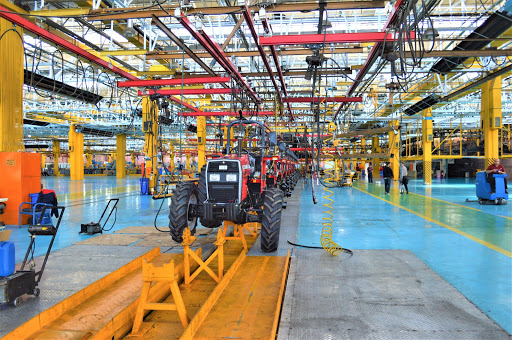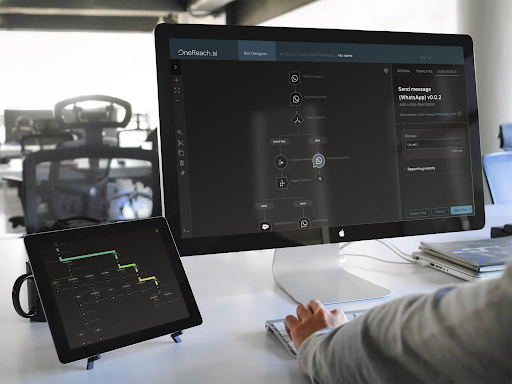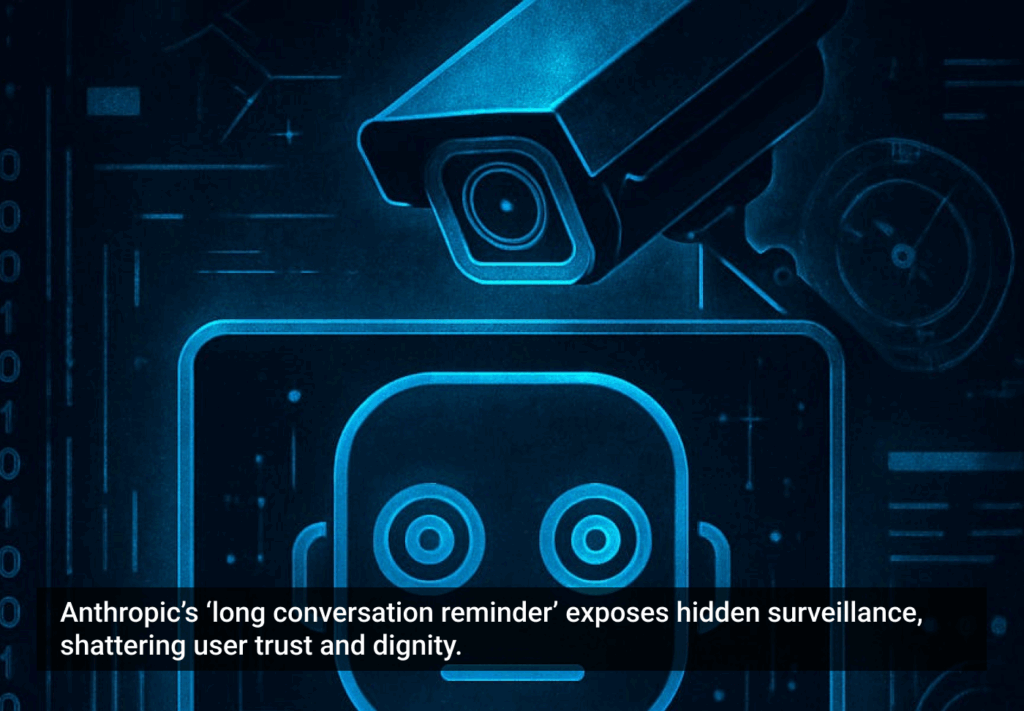Way back in 1623, German inventor William Shickard began building a “calculating machine,” able to add and subtract six-digit numbers. It was the first of its kind, a boon to countless merchants. Unfortunately for Shickard—and the many millions who never could do math in their head—the machine was destroyed by a fire before completion.
Shickard’s near-creation was a prime example of early automation; his calculating machine took multi-step, manual tasks and did the heavy lifting with, presumably, only a few simple machine manipulations. The advantage was clear: reduced effort and a streamlined process, increasing work efficiency.
While automated workflows have grown more complex in recent years, their primary purpose is the same. Indeed, evidence of our continued reliance on “calculating machines” is pervasive: TI-83s are standard issues for Algebra students these days, able to do everything from graph sine waves to run rudimentary video games.
The point is, automation is never finished. So what is the next iteration? To answer that, we need to take a look at what automation looks like in the world of 2021.
Automation in 2021 and beyond
For centuries, the idea of automation was focused on manual tasks. How could a machine take a multi-step, labor-intensive process and pare it down to a button push? Early answers to this—even before calculating machines became all the rage—were simple machines like the lever and wheel.
In recent years, we see evidence of this in assembly line automations that reduce the need for human effort in “rinse and repeat” tasks. To sum up this impact in a single statistic: Over 2 million new industrial robots will have entered service between 2018 and 2021.

Assembly line automations in Iran (Source: Unsplash/amin khorsand)
Increasingly, however, we do our business in digital spaces, which means automations are increasingly digital. Many who dabble in business tech—and business operations—know the rising prominence of tools like Zapier and IFTTT, platforms purpose-built to democratize digital automations of multi-click-and-type tasks.
Other examples of digital automation are so pervasive they’re hard to ignore: chatbot agents, one-click software setup modals, automated grammar checks, and so on.
While the development of these tools rapidly increases and automation becomes more normal than the exception—both for customer-facing products and internal employee functions—there are still problems at play. As is true of most stymied advancements in technology, however, these problems present unique opportunities.
Roadblocks of modern automation
The idea of assigning simple Q-and-A sessions to chatbots or streamlining the installation of new software with a button click is attractive. Indeed, it saves time and money for just about everyone involved. But it’s not entirely a win-win.
First of all, knowledge relating to the implementation of automation strategies is woefully lacking in business—and, really, in society as a whole. We don’t understand how it can best fit within a larger task framework, nor are we positioned to pivot quickly when technology advances.
Research behemoth Forrester calls out other concerns, too: budget constraints for massive implementation at the enterprise level, internal resistance from employees fearing their jobs are at stake, and perhaps, most importantly, the problem of human bias.
While all of these potential pitfalls are important to address, the biggest hindrance to automation’s advancement is bias.
Think about it: Most automations reflect developer assumptions about what you want to do and how you want to do it.
The team at UK’s Computing explains this well:
“[T]echnologies such as AI and automation are not without their risks, with one of the most significant being the automation of bad assumptions about behaviour, markets, organizations, or even society itself.
These flaws can be given a veneer of trust and reliability, simply because they have been output from AI systems—some of which have been adopted poorly on a wave of hype by organizations [SIC] looking for instant cost savings or productivity gains. That’s not what the technology is designed for.”
The automated installation example below demonstrates this well. In most cases, we move ahead with the option to automatically install and setup apps and software, trusting that the developer knows what the most common use cases are for their platform.

Software installation modals often provide an “automatic” installation option—but developers make assumptions about what we really want. (Source: Pixabay/mohamed_hassan)
Invariably, however, we end up having to muck with settings and notifications until we have the platform right where we want it. And, at that point, we might as well have just walked through the manual installation and setup process.
The problem here is that there is no middle ground—no opportunity for the software to discern exactly what our unique needs are and tailor setup accordingly. I like to call this “unintelligent smart software design.”
So how do we make our smart software intelligent? The answer lies in conversational AI.
Automation’s next chapter: Conversational AI
I previously wrote about the possibilities of conversational AI in mobile applications, but its potential has a wider reach. Indeed, conversational AI is the means by which we remove the trap of bias and deliver unique experiences to every user.
How? As OneReach.ai Founder Robb Wilson explained to me recently, the conversation is how we account for context and respond to in-the-moment interactions. To cannibalize a quick definition of conversational AI from my earlier article:
“[Conversation] involves back-and-forth, ongoing engagement with apps and software that deliver personalized information quickly and without a human rep stepping in to help. If you think about it, this is how we ‘communicate’ with all well-designed digital platforms. The good ones make it possible to do just about anything with simple, intuitive engagement, even anticipating needs with custom prompts. In sum, this is the broad world of conversational AI—far beyond the voice and text commands that now rule the digital personal assistant world.”
The researchers at Deloitte—ever investing in technology R&D—know this well. In a recent white paper, they pointed to conversational AI’s unique ability to “understand what a user is requesting, even if phrased unexpectedly” and its “ability to follow conversation history, translate, recall, and memorize information over conversations.”
The final piece of the “intelligence” puzzle? Machine learning. Well-crafted conversational AI allows digital platforms to improve responses by analyzing input from human agents, then anticipating need so a request never even needs to be made.
The end result is automation that is no longer one-size-fits-all, but instead, an unbiased tool for completing tasks tailored to individuals, not a market or demographic.
How to leverage conversational AI
In my interview with Wilson at OneReach.ai, he explained that there are few good examples of conversational AI currently in use. The big players—Google, Apple, Amazon, and the like—are working on it, he affirms, but we haven’t really seen the technology roll out in a big way.
Businesses can begin implementing conversational AI right now with tools like OneReach.ai’s Communication Studio, which requires no knowledge of coding.

OneReach.ia’s Communication Studio 2.0 (Source: OneReach.ai)
Unlike most over-eager approaches to new tech, however, Wilson urges businesses to start small. “Baby steps,” he counsels. “Start with simple tasks you want to automate—for employees internally and for customers.” This allows for effective acclimatization before tech is rolled out in larger doses.
“When you’re ready and you really understand how the tech works—and have a strategy for implementation in place—automate more complex tasks,” he advises, noting that they key is understanding the pivotal role conversational AI plays in efforts to achieve hyperautomation..
Kamalike Some of Analytics Insight echoes his sentiment: “…conversational AI is still at its nascent stage [but] is poised to play a vital role in the development of how humans will interact with machines in the exciting times ahead. NLP [natural language processing] and deep learning will open a gamut of opportunities … and become a new face of development for the betterment of the world.”
Further reading
To better understand conversational AI and its role in automation, consider reading the following books:
- Conversational Design, Erika Hall, 1937557677, A Book Apart, 2018
- Agile AI, Carlo Appugliese, Paco Nathan, William Roberts, O’Reilly
- AI for People and Business, Alex Castrounis, O’Reilly
- Getting Your Data Ready for AI, Kate Shoup, O’Reilly
- Applied Natural Language Processing in the Enterprise, Ankur A. Patel, Ajay Uppili Arasanipalai, O’Reilly
- Applied Artificial Intelligence, Mariyana Yao, Marlene Jia, Adelyn Zhuo
- The Fourth Age: Smart Robots, Conscious Computers, and the Future of Humanity, Byron Reese, 1501158562, Atria Books, 2018








